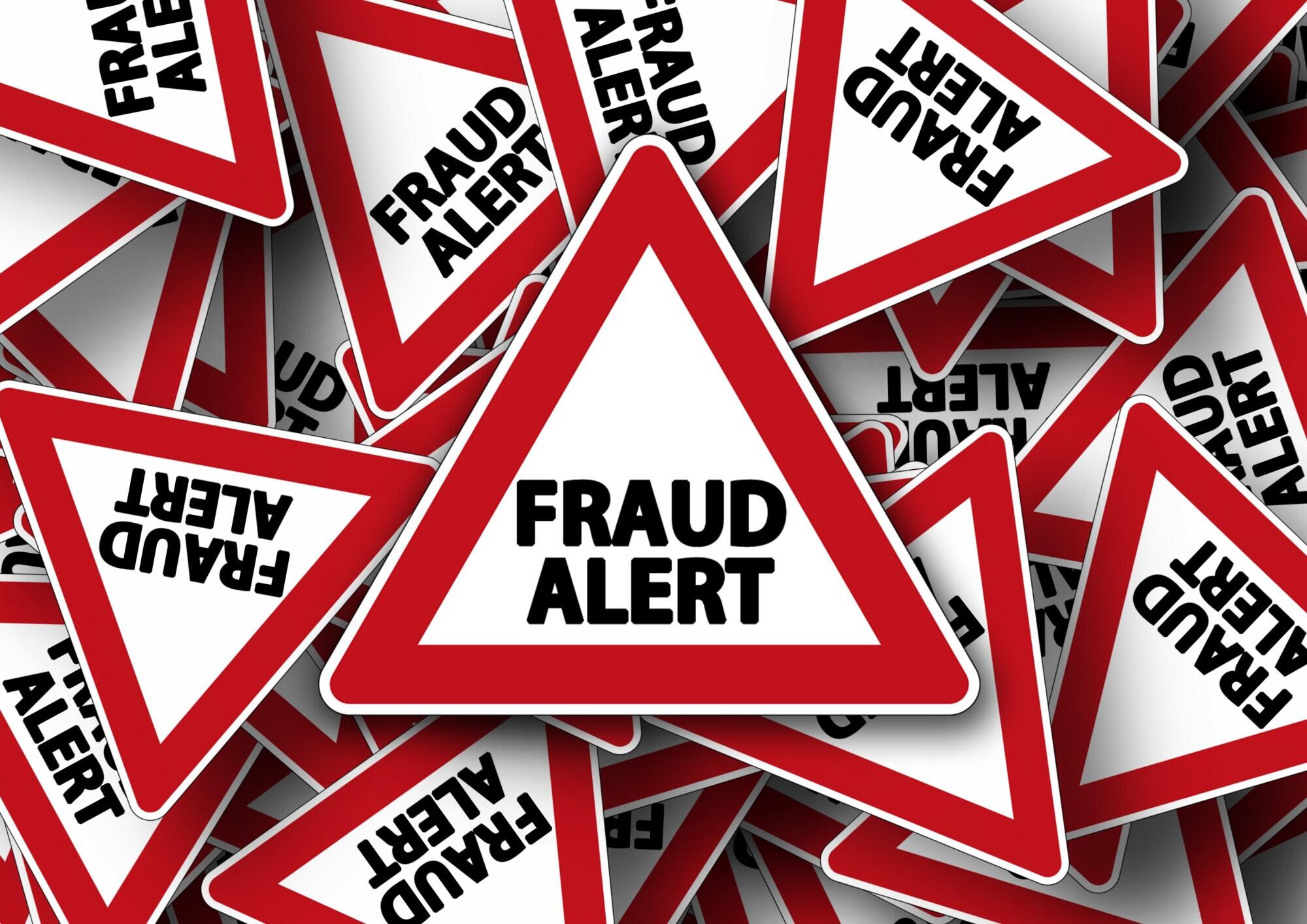Unless circumstances dictate otherwise, law firms typically pass through or "bill back" to the client the costs they incur to perform e-discovery services. This can be a hairy proposition for several reasons, not the least of which is that e-discovery costs are unpredictable. If the only cost associated with e-discovery was the amount of data at issue -- always a moving target -- that would be tricky enough. But clients may also rack up fees for things like technology-assisted review, productions, load file delivery, TIFFing, Bates stamping, physical media, and so on. Many of these costs are variable and tend to rise and fall based on a number of incalculable factors, leading to things like this...

Does your e-discovery invoice look like this?
In some instances, if the firm's vendors end up charging more than the estimate the attorney gave her client, the client may simply balk at paying the fee, forcing the firm to swallow the cost. This is a surefire way to both lose business and anger clients. In the most extreme examples, clients have sued.
With the rise of subscription and flat-fee pricing in e-discovery, much of this risk is mitigated because the firm locks in all or the majority of its costs up front. Still, some firms are either unsure of how, or otherwise reticent, to bill back subscription costs -- likely due to that pricing model's relative newness in legal services. It is true, too, that passing through subscription costs can be tricky in some situations and often relies on a strong understanding of your firm's business to be done accurately. There is often concern, for example, that a firm may inappropriately subsidize a larger case with a smaller one. To use the simple example, if a firm has two cases in a year, and one is 1 GB and the other is 1 TB, if the firm is paying a $10,000/year subscription, it would not be appropriate to pass through the subscription cost equally to those clients.
Here's the great thing about subscription pricing though: If the costs are dispersed correctly, the firm can both provide a value-added service to its client at a lower overall cost than can be found elsewhere and potentially contribute to its own bottom line.
With this in mind, here are four steps to take when evaluating how to pass through the cost of e-discovery software your firm pays for on a subscription basis.
Step 1: Determine how many matters your firm handles per year
The goal of this exercise is to recover as much of your software expenditure as possible. Remember: if you are securing that software at a reasonable price, and it empowers you to offer value-added services to your clients, this is a win-win. There are many advantages to be had by both the firm and the client when your firm provides in-house e-discovery services: yes, you can presumably provide the service at a lower cost and become a "one-stop shop" for legal services, but also consider:
- Your firm offers improved data security by cutting out external vendors, the need to ship data back and forth to them, and the risks that arise from entrusting non-automated processes to them -- specifically data processing.
- Performing e-discovery in-house enables your attorneys, litigation support team and paralegals -- i.e. the people with direct knowledge of the case issues -- to derive insights into your clients' cases that may otherwise go undiscovered.
- By redirecting e-discovery work from your vendor back to your internal team, you are speeding "time to document review" and likely raising the realization rates of your personnel, in part because you no longer have to write off vendor fees that you can't explain to your client.
- Your firm is more likely to increase client retention because you have hooks into their data and are thus able to provide superior legal advice over time as you learn more about their litigation profile.
- Your firm can offer better service levels (faster turnaround times) and superior consultative work (e.g. project management, ESI consulting), which means, in short, your clients have a better chance of winning.
With this said, the first consideration for recovering subscription costs is to determinate how many matters involving e-discovery your firm is likely to work over the next 12 months, or whatever the length of the subscription is. If you're unsure of what that number will likely be, try taking the average of the number of matters you've taken on annually over the last three years. If your firm is growing, or there are clear trends or economic factors likely to affect your business, take those considerations into account.
For the purposes of this exercise, we'll use the example of Saul Goodman & Associates, a 10-attorney firm whose elder abuse litigation practice is booming. The firm estimates it will field 5 e-discovery matters per month, or 60 over the course of a year. Those matters typically stay online for a year.
Note: It's very likely that, at the end of the year, the amount spent on software and the amount recovered will not be exactly one-to-one. When it comes to charging for e-discovery and litigation support services, the standard is reasonableness. If your firm treats its e-discovery services as a revenue center, the numbers change, but this model still works.
Step 2: Determine how much you are spending for eDiscovery software
This should be fairly straightforward if you're being charged a flat subscription fee. With some e-discovery software, data, software and services are bundled. So for instance, for a monthly fee of a couple thousand dollars, you may be getting 5 user seats and 300 GB of reusable monthly data, and then support, productions, analytics, processing and so forth is included. If this isn't the case, you'll need to forecast the additional fees you'll likely incur.
To continue with our example, let's say that in order to perform the work it will likely take on this year (60 e-discovery matters), the Goodman firm purchases a $5,000/month subscription for e-discovery software, for which it receives seat licenses for its entire firm and a terabyte of reusable data -- more than enough to cover all the cases it will get in a year, which are typically no bigger than 10 GB. Onboarding, data archiving, processing, productions, Bates stamping, analytics, reporting and 24/7 in-app support is included.
Step 3: Assign a reasonable per-matter eDiscovery fee
So now Goodman & Associates knows its total e-discovery software spend for the year: $60,000. To put this in perspective, that's $6,000 per attorney. Even if the firm was incurring this cost as pure overhead, and not passing it through to its clients, each of its attorneys would have to bill 12 more hours a year at the firm's standard rate of $500 to recoup that cost. The software the firm has purchased is paying immediate dividends. Previously, firm attorneys would have to wait days on end for their preferred vendors to process client data and make it available for review. Now they're digging into the data mere hours after the client uploads it. They have little down time and, consequently, are billing more hours throughout the course of the month.
Given this newfound productivity, the firm decides that, instead of marking up certain litigation support services it is now able to offer through the software, it simply wants to pass through the cost of the software as it would a disbursement.
The firm is paying $60,000 a year for the software and expects 60 matters. So it will charge a flat $1,000-per-matter fee to its clients.
Note: Alternatively, law firms may simply pass through data on a per-gigabyte basis, so that if the matter is 50 GB and is online for three months, at $10 per GB, the fee is $1,500. The trouble here is that matter data tends to fluctuate -- for instance, the firm's client may be making rolling productions or data may "explode" when unpacked -- and can lead to unpredictable cost hikes.
Step 4: Clearly communicate fees to the client and get sign off
The professional and ethical guidelines for billing back e-discovery fees to clients are not always crystal clear, but, barring exceptional circumstances, it is almost always acceptable and prudent to bill back fees so long as they are a) not unreasonable and b) clearly stated at the onset of the engagement in the fee agreement.
Comment to ABA Model Rule 1.5 makes this clear:
“A lawyer may seek reimbursement for the cost of services performed in-house … either by charging a reasonable amount to which the client has agreed in advance or by charging an amount that reasonably reflects the cost incurred by the lawyer.”
And ABA Formal Op. 93-379 plainly reads:
“The lawyer may recoup expenses reasonably incurred in connection with the client’s matter for services performed in-house, such as photocopying, long distance telephone calls, computer research, special deliveries, secretarial overtime, and other similar services so long as the charge reasonably reflects the lawyer’s actual cost for the services rendered.”
Given this, the Goodman firm clearly states in its engagement letters that it will charge its clients a flat $1,000 fee for each matter where e-discovery services are needed. For $1,000, the client will receive: drag-and-drop collection and ingestion, automated data processing, early case assessment, technology-assisted review and search, and unlimited productions and exports, which the firm states in the engagement letter.
Its clients love the idea of locking in a cost they've traditionally found to be unpredictable. They also appreciate that they're not paying for data -- which shelters them from fluctuations in case size.
Results
At the end of the year, the firm's clients have collectively yielded 55 e-discovery projects (5 short of projections), for which the firm has billed $55,000 in total. It has recovered 92% of the cost of the e-discovery software subscription. Additionally, its lawyers and paralegals were able to bill 100 more hours throughout the year for consultative and project management work that they'd previously delegated to a vendor. At a blended rate of $250, the firm netted $25,000 from these services, making its investment revenue positive by $20,000.




